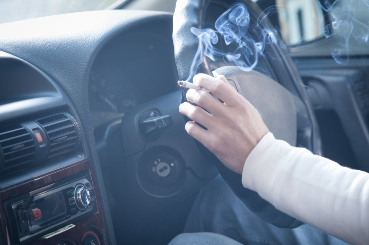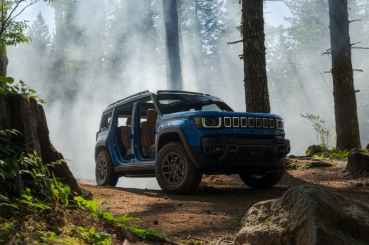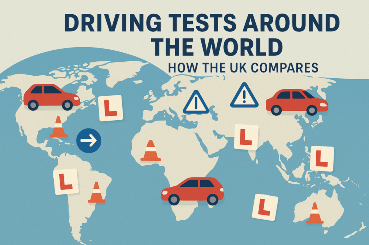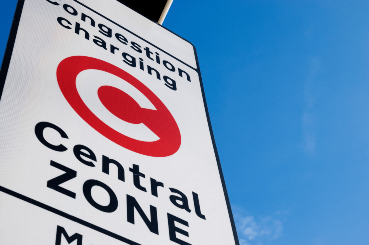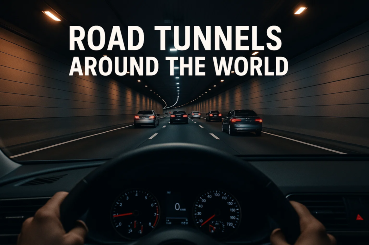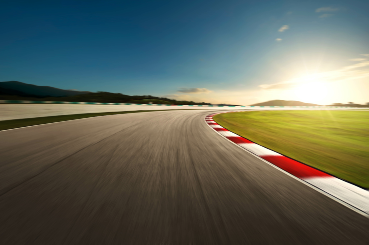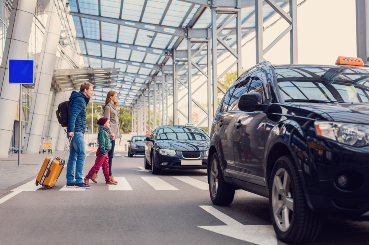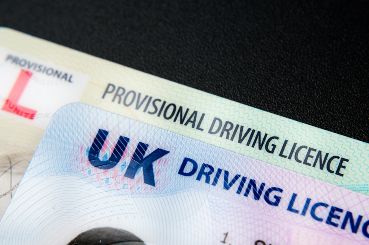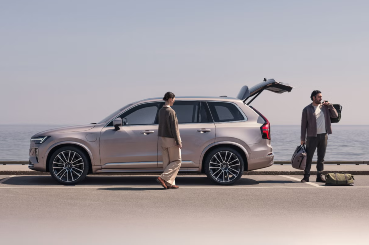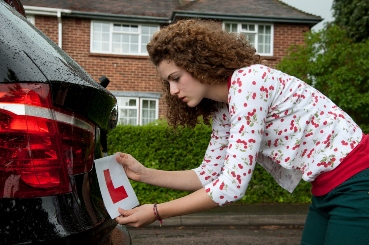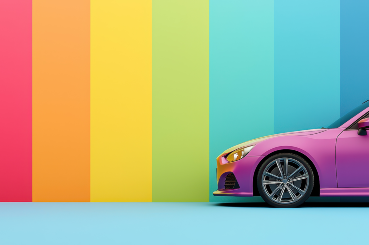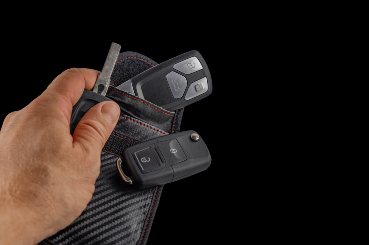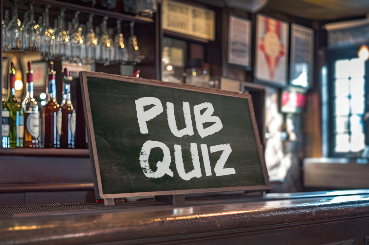Do you ever find yourself reading a car specification and thinking “what does that mean”? Well, that’s okay because you aren’t alone! It’s so easy to get lost by automotive jargon used in news posts or when browsing for a new car, but car buying should be simple!
That is why we have created a guide on all the most common terminology, acronyms and abbreviations you may find yourself coming across. Don’t get scared off by the fancy words, read the guide about what the design features jargon means.
A
A-Pillars: These are the front two vertical support struts that sit on both sides of the windscreen. The A-pillars are a critical part of the crash structure and house side airbags, so are the most important part of any design structure in a car. The pillars on a car are named alphabetically, and move from the front of the car right to the back.
Alcantara: A suede-like material that is used mainly in premium vehicles. The grippy yet soft touch nature suits premium sports cars in particular. This is commonly found in Lexus cars.
AWD (All-Wheel Drive): AWD systems shift torque and power between the front and rear wheels and automatically switch to two-wheel drive when appropriate to improve fuel economy. It will help keep your vehicle moving forward better than front-wheel drive or rear-wheel drive on snow-covered or rain-slicked roads.
B
B-Pillar: Moving back from the A-Pillars, the B-Pillars are the second set of support struts in the middle of the passenger compartment (just behind the front doors). The most complex component of any vehicle body, the front door closes on the B pillar while the rear door hinges on it – providing structural support to the roof.
C
C-Pillar: The C pillar sits behind the rear door. When looking at saloons and coupés, the C-pillar is the final such post and supports the rear window.
Chassis: Every vehicle is built on a frame of some kind, called the vehicle chassis. This part is essentially what bones are to a body, they provide a frame on which to build the rest of something.
City Cars: A city car is a compact, efficient vehicle that is smaller than any other class of car. It’s normally the tiniest car in most manufacturers’ ranges – no surprise it’s named after its suitability for urban work in busy city streets.
Coupés: A two-door car with a fixed roof, which is often shorter and more steeply angled at the rear than its saloon equivalent, giving them a sporty look. Coupés often have limited space and headroom for rear passengers.
Crossover: Although this term seems to have recently burst onto the scene, it has actually been around since the 1970s in America. A crossover vehicle is basically an SUV on a car platform (the base that a car sits on). More recent crossovers include the Nissan Qashqai and the compact crossover Toyota Aygo X.
D
D-pillar: Found on larger cars, such as SUVs and estates, the D-pillars are the vertical (or near-vertical) struts found on either side of and support the rear window.
DRL (Daytime running lights): Part of the design and technical components of a vehicle, this acronym is the lights on the front of the car that are permanently on whilst the engine is running. Typically, the low energy lights are made of white LEDs fitted to the front of the car but they can be found elsewhere on the vehicle and can be in other colours. At night or in low light situations, when the headlights are required, DRLs tend to switch off automatically. Since February 2011, European legislation has required DRLs to be fitted to all new passenger cars and small delivery vans.
Dry weight: The kerb weight of a vehicle, which excludes occupants and cargo, with the further exclusion of consumables such as fuel, oil and water.
Dual Fuel: Depending on how you want to run your vehicle, a duel fuel car will run on one or more fuel sources. LPG/Petrol conversion is a common example. Also known as BiFuel, this type of design can be found in a Dacia Sandero.
E
Estate cars: A car with an extended load space behind the rear seats, accessed by a door at the rear. In other words, these vehicles are based on saloons or larger hatchbacks that have extended rooflines for a larger load area.
F
FWD (Front Wheel Drive): This is simply when the engine power and torque are only channelled to the front wheels. These vehicles are usually lighter and more fuel-efficient, with fewer moving parts meaning less maintenance.
G
GT (Grand Tourer): When you come across a GT, it can mean one of two things depending on the manufacturer. For some, it can be the mildly sporty Trim level (see further down) or it can be just a sports car. But for this purpose – it’s a car that is designed for long-distance driving. Usually used as a prefix or suffix on high-performance, luxury vehicles that are faster than usual.
H
Hatchback: The hatchback is a very popular body style in the UK, which are cars with a boot lid that incorporates a large section of the rear section of the car, including the rear window. Hatchbacks offer easier access to the cargo (luggage) area.
I
ISOFIX: If you have a young family, it is essential you look for a car with ISOFIX. This is the international standard attachment for child safety seats which permits a compliant seat to be fixed to anchor points on the car rather than secured solely by the seatbelt.
J
K
Kerb weight: The most common measurement of a vehicle, kerb weight is the weight of a vehicle or trailer including fluids such as fuel, oil and water but excluding occupants and cargo.
L
Leaf-spring suspension: A simple form of suspension made up of several curved metal strips clamped together.
LED (Light Emitting Diode): You’ll be finding LEDs fitted on many new cars as these are a type of light source that requires less power to run than conventional filament bulbs and is often used for low-beam headlights, brake lights, indicators and daylight running lights.
LWB (Long Wheelbase): A lengthened version of an existing vehicle chassis, often available as an option for luxury saloons.
M
MacPherson Strut: A type of suspension in which a coil spring is positioned over a shock-absorbing strut. The benefits are fewer parts and less weight than conventional suspension systems. Can be seen on a SEAT.
Marque: The vehicle’s make or brand: such as Ford or Honda.
Monocoque chassis: The widely adopted structure of modern cars where the body supports the car’s structural load, rather than relying on a separate chassis.
Multi-link suspension: A type of suspension using three or more lateral arms and one or more longitudinal arms, allowing both good ride and handling but at the cost of complexity and expense.
MPV (Multi-Purpose Vehicle): MPVs combine the spacious interior of an estate car with the practical, boxy shape of a van, offering flexibility for passengers and luggage. People carriers can even accommodate wheelchairs comfortably. Discover the latest Motability offers and find your perfect wheelchair accessible vehicle (WAV).
MY (Model Year): The year a model was produced.
N
Notchback: A car body style where the rear of the car is short or the rear window is more upright than normal. Can apply to a saloon, coupé or hatchback body style.
O
OEM (Original Equipment Manufacturer):OEM parts for a car that are developed by the car manufacturer rather than aftermarket.
P
Platform: In manufacturing, platform refers to the base components of a car including its chassis, floorpan, suspension and steering system. A single manufacturer can create a platform that is shared across a number of its own models or different manufacturers can share platforms with each other.
Privacy Glass: An upmarket term for tinted windows.
Q
R
RWD (Rear Wheel Drive): Rear wheel drive is most commonly found on sports cars and performance saloons. The power from the engine is sent to the rear wheels only to give it that extra oomph.
S
Saloon: A saloon is a type of car with a boot lid that’s hinged below the back window, and the boot itself is separate from the passenger compartment. Saloon cars can come with two or four doors and can come with a boot that opens with a lid or with a hatchback.
Segment: Types of cars are divided into groups depending on size and shape. In Europe, segments are as follows:
A: city cars
B: superminis
C: small family cars
D: large family / compact executive cars
E: executive cars
F: luxury cars
S: sports cars / supercars / grand tourers
M: MPVs, aka people carriers (also include WAVs)
J: SUVs and 4x4s
SUV (Sports Utility Vehicle): A tall-bodied vehicle with some off-road capability but designed mainly to perform well on roads. SUVs may have four-wheel drive, but may also be two-wheel drive, and have varying degrees of off-road capability.
T
Trim level: The specification of the vehicle, including but not limited to wheel type/size, materials used in the interior, bundled technology, etc. The choices are often grouped together and priced from low cost “entry-level” trim to a “range-topping” highest specification option. Trim levels do not usual refer to the engine, rather a specific engine can be specified for each trim level.
U
V
VIN (Vehicle Identification Number): A unique number, usually 17 digits, given to each vehicle during the manufacturing process. VINs can be used to identify vehicles so that their history can be checked.
W
Wheelbase: The distance between centre points of the front and rear wheels.
X
Xenon: High-powered headlight bulbs that increase intensity and brightness.
Y
Z
Has this helped you out at all? Make sure to keep an eye out for more Car Jargon busting guides.
If you find yourself struggling with anything on the design specification of a car you love, we’re here to help you out! Get in touch with us today, and let us make car buying simple!

